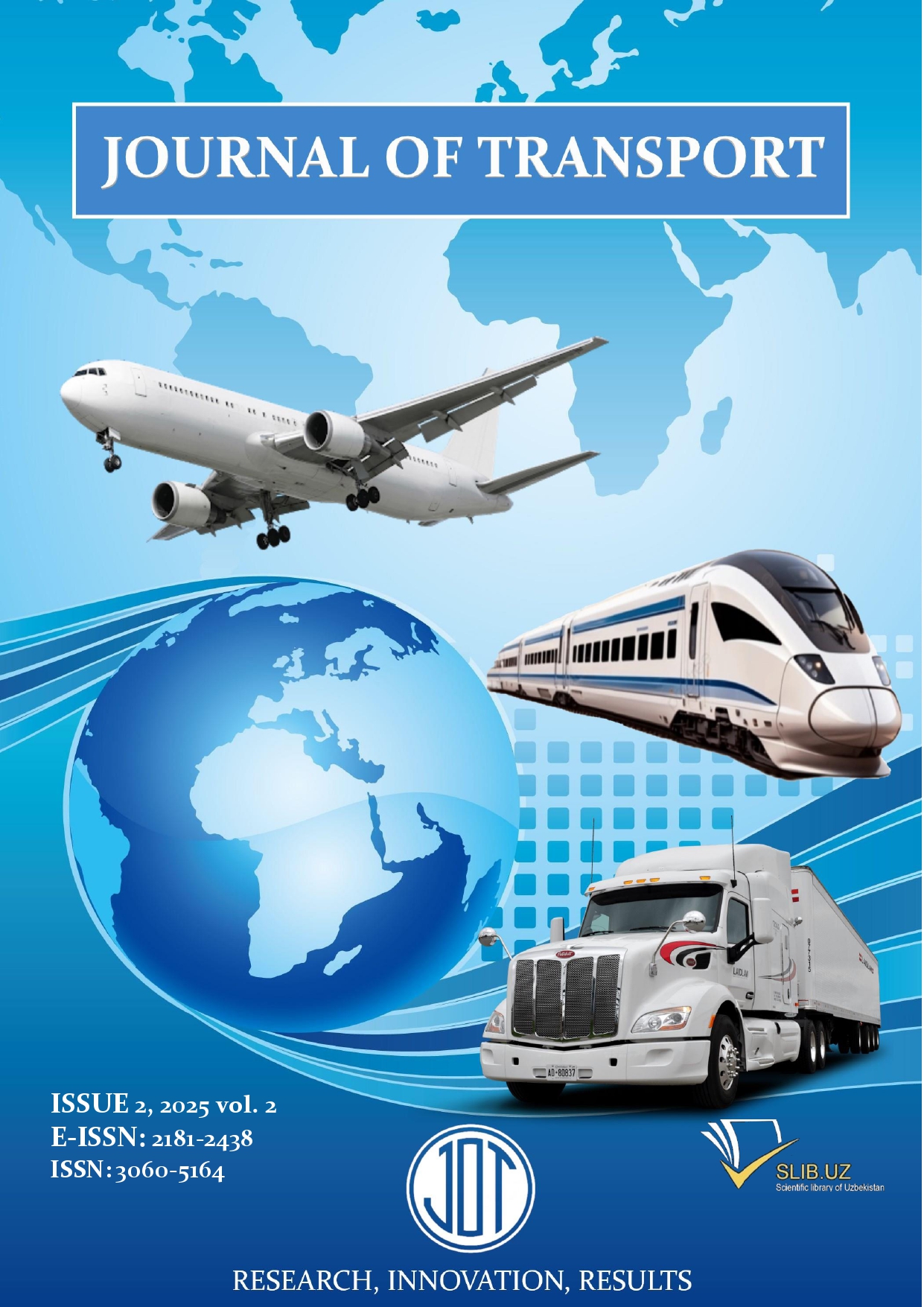Tribotechnical analysis of tungsten carbide additives in mining drilling practice
Abstract
In oil and gas extraction, especially in complex geological conditions, effective and reliable drilling is extremely important. This study presents a comprehensive failure analysis of tungsten carbide-cobalt (WC-Co) tool inserts used in rock drilling operations. The examination included visual inspection, optical microscopy, FESEM imaging, EDS, WDXRF, XRD, and microhardness tests. The results show that abrasive wear and material adhesion are the main failure mechanisms, with wear localized on the edges of the tool due to the influence of high stress and heat. Elemental analysis revealed transferred materials such as Fe, Ca, and Si on the worn surfaces, indicating tool-rock interaction during service. The high average hardness of WC inserts was 1350 Hv, which is suitable for their application. Despite excellent intrinsic properties, the study shows that in-service degradation limits the tool's lifespan. Recommendations include optimizing microstructure, suitable lubricating materials, binder composition, and surface design to improve performance in abrasive drilling environments.
References
[2] Ikram R, Jan BM, Sidek A, Kenanakis G. Utilization of eco-friendly waste generated nanomaterials in water-based drilling fluids; state of art review. Materiali 2021;14:4171.
[3] Geng Y, Zhang Z, Yan Z, Yuan Y, Zhou X, Yue W, An Y. Yuqori haroratli suv asosidagi burg‘ulash eritmasini takomillashtirish uchun yangi grafen/triolein kompleks asosidagi moylash vositasi. RSC Adv 2023;13:34772-81.
[4] H. Ortner, H. Kolaska, P. Ettmayer, The history of the technological progress of hardmetals, Int. J. Refrakt. Uchrashdik. Qattiq material. 44 (2014) 148-159.
[5] S. Norgren, J. García, A. Blomqvist, L. Yin, Trends in the P/M hard metal industry, Int. J. Refrakt. Uchrashdik. Qattiq material. 48 (2015) 31-45.
[6] H.-O. Andren, Sementlangan karbidlarning mikrostrukturasi, Gilam dizayni 22 (2001) 491-498.
[7] S. Dewangan, Jaka Burja Kichik masshtabli granit burg‘ulash uchun karbidli burama dolotaning muvaffaqiyatsizlik tahlili, materiallar va texnologiya 57 (2023) 3, 227-232
[8] J. Angseryd, V. From, J. Wallin, S. Jacobson, S. Norgren, Tog‘-burg‘ulash insertlari uchun aşınma testida, Wear, 301 (2013) 1-2, 109-115, doi:10.1016/j.wear.2012.10.023
[9] S. I. Cha, S. H. Hong, G. H. Ha, B. K. Kim, Mechanical properties of WC-10Co cemented carbides fired from nanocrystall spray conversion processed powders, Int. J. Refract Metal Hard Mater., (2001) 4-6, 397-403, doi:10.1016/S0263-4368 (01) 00057-9
[10] S. Okamoto, Y. Nakazono, K. Otsuka, Y. Shimoitani, J. Takada, Mechanical properties of WC/Co cemented carbide with larger WC grain size, Mater. Charact., 55 (2005) 4-5, 281-287, doi:10.1016/j.matchar.2005.06.001
[11] H. Saito, A. Iwabuchi, T. Shimizu, WC sementlangan karbidining yeyilishiga Co tarkibi va WC don o‘lchamining ta’siri, Wear, 261 (2006) 2,126-132, doi:10.1016/j.wear.2005.09.034
[12] S. Dewangan, On the Critical Assessment into the Damage Behavior of a WC-Co Hard Metal Alloy Used in the Form of Rock Drilling Bites, J Fail. Anal. va Preven., 19 (2019), 461-470, doi:10.1007/s11668-019-00617-x.





